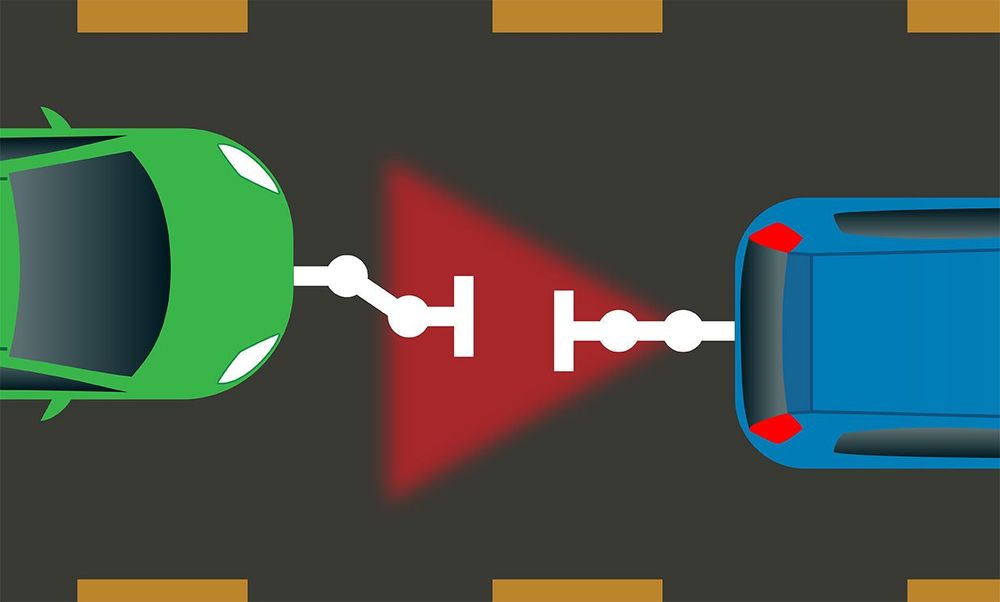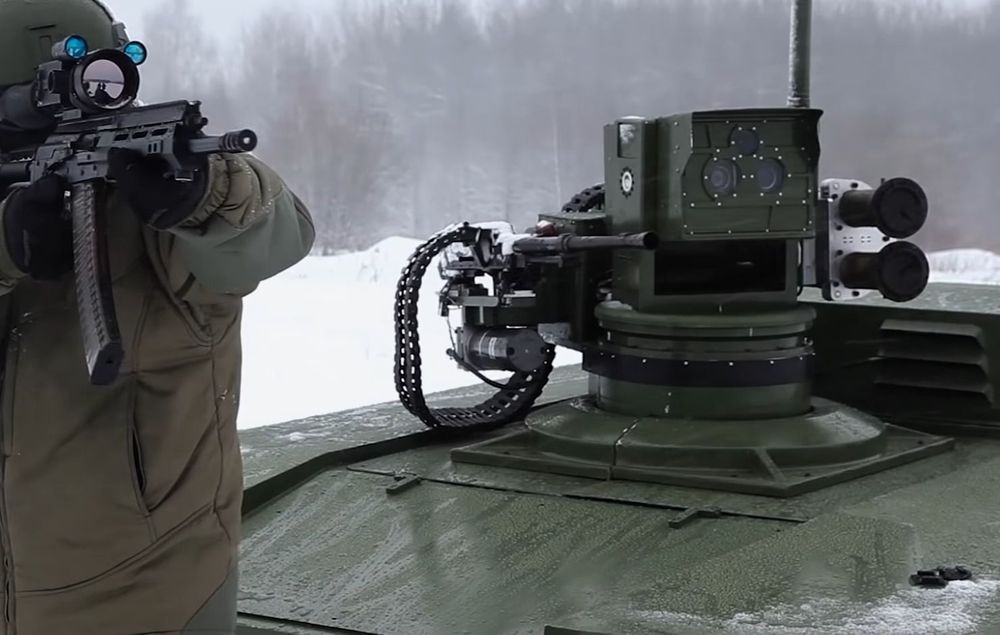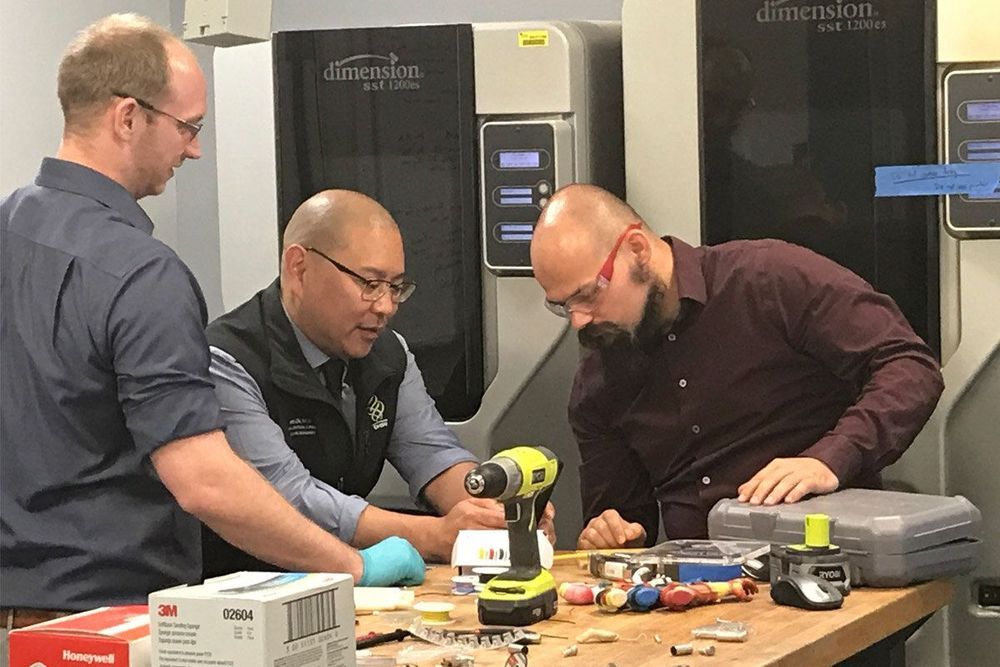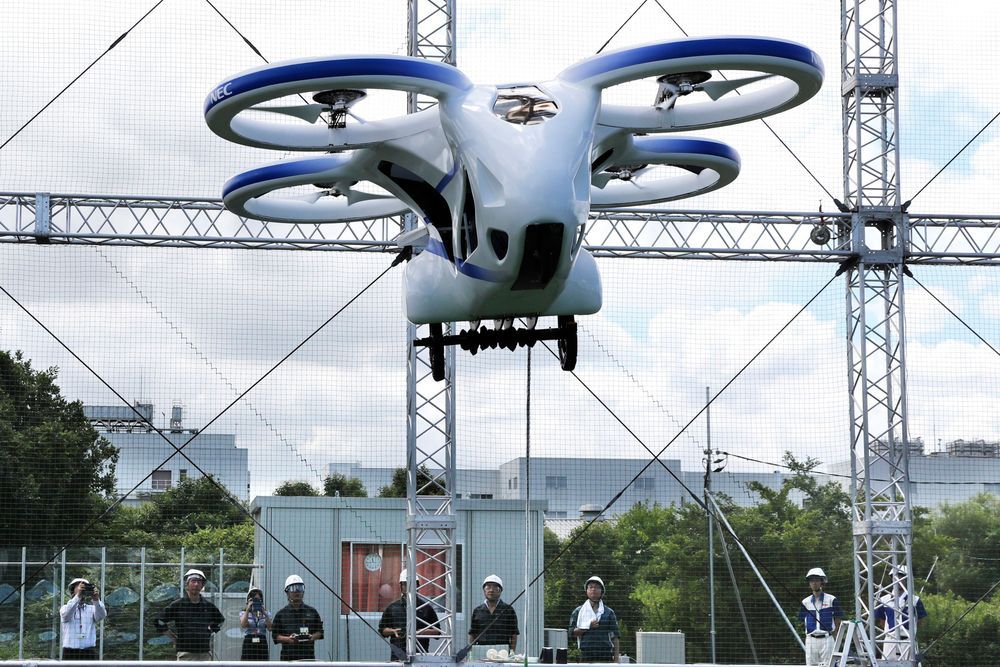‘Through advances in medical devices and synthetic biology, DARPA’s new Advanced Acclimation and Protection Tool for Environmental Readiness (ADAPTER) program aims to develop a travel adapter for the human body, an implantable or ingestible bioelectronic carrier that can provide warfighters control over their own physiology. The integrated system will be designed to entrain the sleep cycle – either to a new time zone or back to a normal sleep pattern after night missions – and eliminate bacteria that cause traveler’s diarrhea after ingestion of contaminated food and water,’ reads a DARPA statement on the new device.”
The adapter is meant to regulate sleep patterns and protect against diarrhea.









